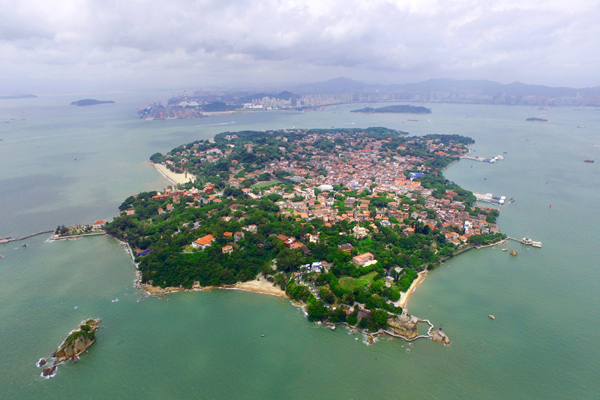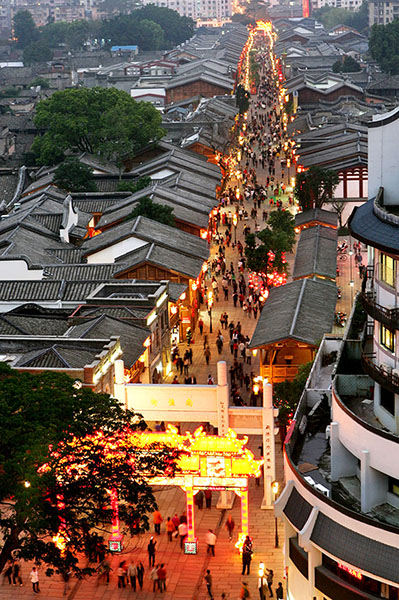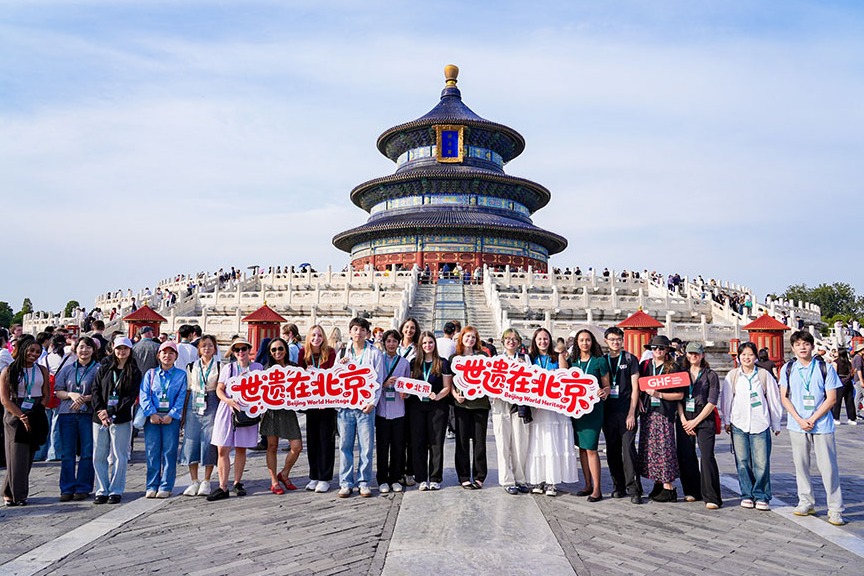China Travel Guide: Fujian


East China's Fujian province is the starting point of the ancient Maritime Silk Road. Facing the sea, the province is known for its rolling hills, lush forests and scattered islands.
Fujian is home to several UNESCO world heritage sites such as Quanzhou, Gulangyu Island, Fujian Tulou and Wuyi Mountain. The province is also known for its rich culinary tradition, featuring light, delicate and fresh flavors.
Wuyi Mountain
Wuyi Mountain is a UNESCO natural and cultural heritage site in Nanping, Fujian province. It contains spectacular natural views and a series of exceptional archaeological sites.
The mountain is the cradle of Neo-Confucianism, a doctrine that played a dominant role in countries of Eastern and South-eastern Asia for many centuries and influenced philosophy over much of the world.

Gulangyu Island
Gulangyu Island, a UNESCO world heritage site, is located on the estuary of the Jiulong River, facing the city of Xiamen. Its heritage includes a settlement composed of 931 historical buildings, and represents a variety of local and international architectural styles, natural sceneries, historic roads and gardens. Gulangyu is an exceptional example of cultural fusion.
The island has witnessed clashes of culture and integration between the East and the West since Xiamen was opened to foreign trade in 1844. So far, many historical relics and representative natural scenic spots are still well-preserved on the island.

Sanfang Qixiang (Three Lanes and Seven Allies)
Sanfang Qixiang, or Three Lanes and Seven Alleys, is a well-preserved historical and cultural tourist area in downtown Fuzhou. It is a must-visit destination renowned for its carefully restored ancient architecture and rich historical significance.
The origins of Sanfang Qixiang date back to the late Western Jin Dynasty (265-316). Its layout was established during the Tang Dynasty (618-907), and it flourished during the Ming and Qing dynasties (1368-1911). The district is known for its unique city layout, featuring three lanes to the west and seven alleys to the east, all branching from central Nanhou street.

































